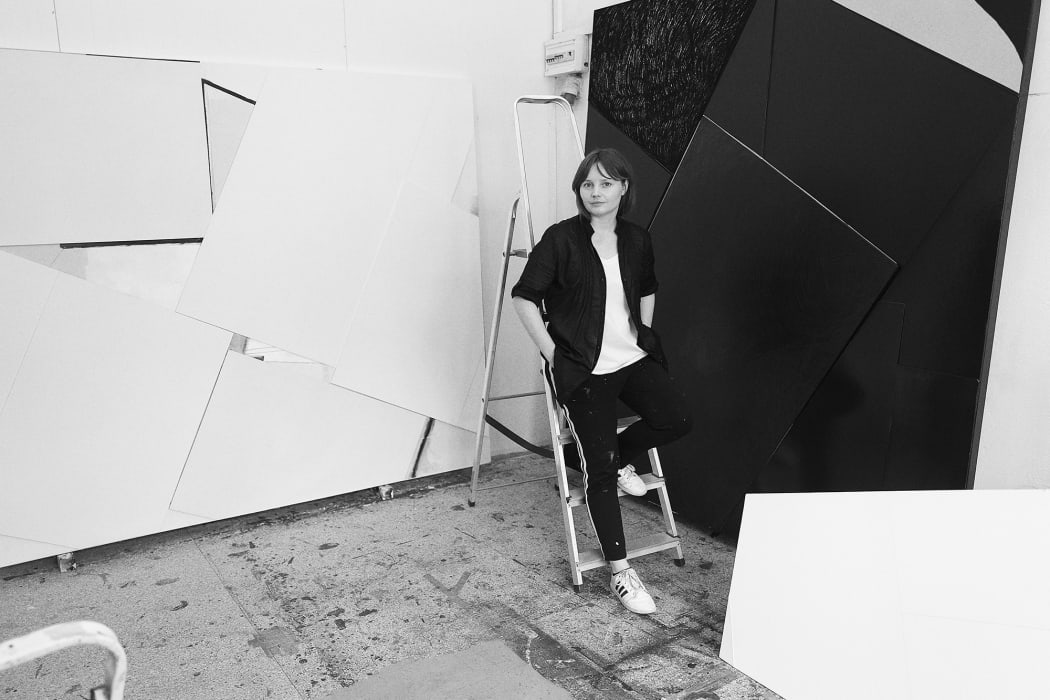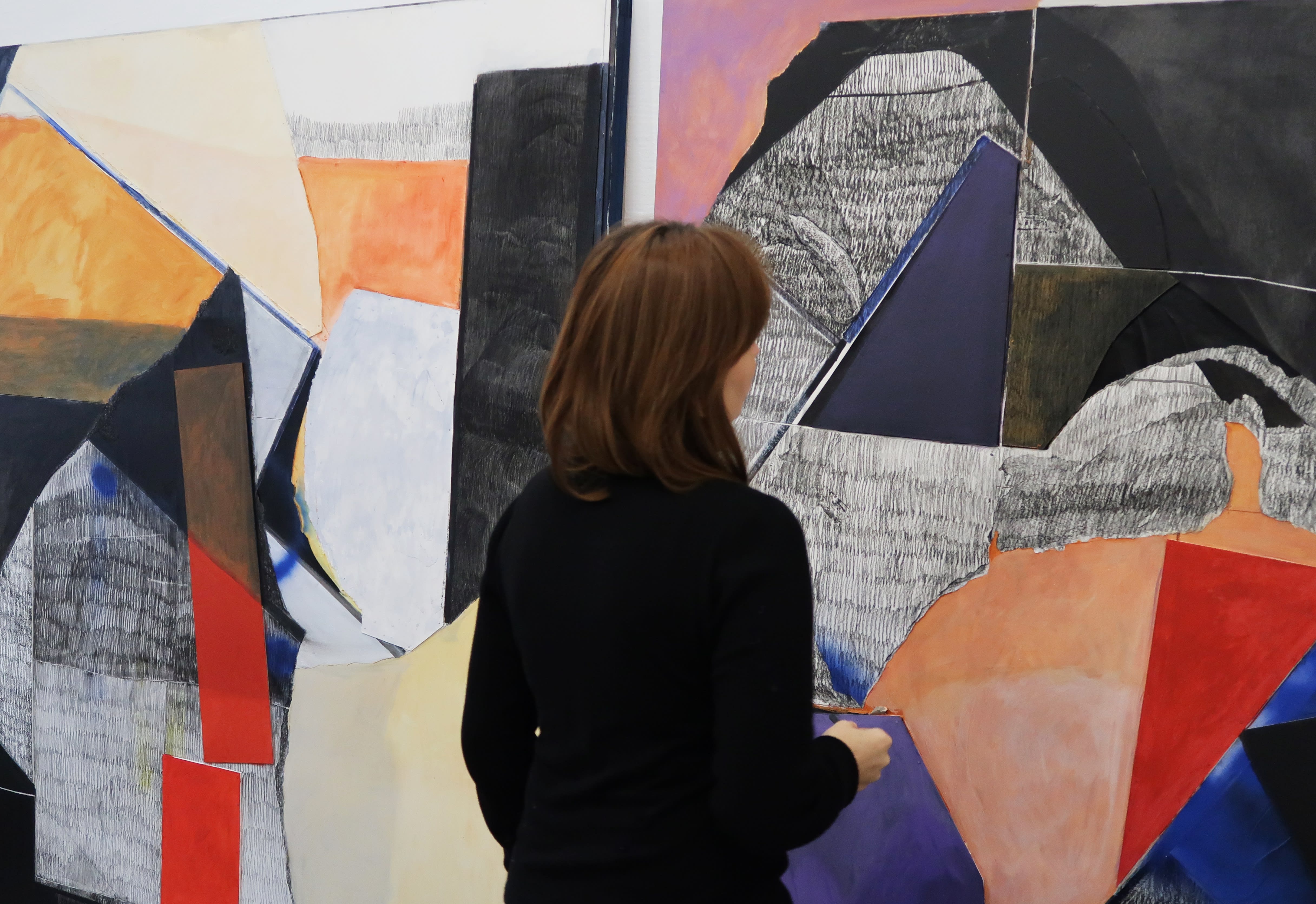
I’m Natalia Załuska. I was born in Cracow, completed my studies in Vienna, and now I live in Warsaw. My artistic practice is rooted in painting. I can not indicate one particular moment I knew I was meant to be an artist. It was rather a longer path, a development that started during my studies at the Academy of Fine Arts Vienna, which continued with my first professional experiences, and continues somehow till now.
Every day I have to question myself, reconsider what I am aiming at and what are my goals as an artist, set new ideas, and think forward to the future. Creating art makes me learn from many different experiences and see the world from other perspectives. Makes it more challenging, and even a bit unpredictable.
Every day I have to question myself, reconsider what I am aiming at and what are my goals as an artist, set new ideas, and think forward to the future. Creating art makes me learn from many different experiences and see the world from other perspectives. Makes it more challenging, and even a bit unpredictable.

My working process is well-thought-out, it is very considered. I think an abstract painting needs a strong structure, and a setup, but I do not work with previously pre-planned ideas. When I begin to work I always start with compositions, the most important lines and divisions. Afterward, my steps are more and more detailed. The working process can be very dynamic, and very intense. I often react to what’s happening on the surface and accept the inspiration from that as well.
In my work, I am alternating between small and large formats and it is different to work on each of those scales. My large paintings are technically more demanding and take a huge effort. Making them I have to decide very precisely what my next step should be. It is like playing chess, it takes a lot of time. By doing the small paintings I can afford to work more intuitively. For me, it is interesting to learn from those diverse experiences.
I wish for viewers to find something distinctive in my work that corresponds with their emotions, ideas, and experiences. Almost all my works are “untitled.” This makes them objective, neutral, and even secret. The viewers are encouraged to find their paths of interpretation and interact in a very individual way with my paintings.
In my work, I am alternating between small and large formats and it is different to work on each of those scales. My large paintings are technically more demanding and take a huge effort. Making them I have to decide very precisely what my next step should be. It is like playing chess, it takes a lot of time. By doing the small paintings I can afford to work more intuitively. For me, it is interesting to learn from those diverse experiences.
I wish for viewers to find something distinctive in my work that corresponds with their emotions, ideas, and experiences. Almost all my works are “untitled.” This makes them objective, neutral, and even secret. The viewers are encouraged to find their paths of interpretation and interact in a very individual way with my paintings.

During the year of graduation, I developed my working method – the use of cardboard as an elementary component in my paintings. I appreciate this medium a lot. It opens new possibilities, corresponds well with my workflow, and allows me to interact intensely with the picture plane, depth, and space.
I not only paint my works but rather construct them, and build them. I’m playing off the surface and it results in the use of layers, overlaps, and elements that are covered or exposed. As far as the color palette is concerned, this aspect of my working process has changed over the past two years enormously. I used to work with very reduced, minimalistic tones, now I am alternating between monochrome and very intense, complex colorful paintings.
The identity of my work resonates with searching for a specific, complete form and sensibility for textures, playing off the content of the painting, finding a balance, and instability at the same time.
I not only paint my works but rather construct them, and build them. I’m playing off the surface and it results in the use of layers, overlaps, and elements that are covered or exposed. As far as the color palette is concerned, this aspect of my working process has changed over the past two years enormously. I used to work with very reduced, minimalistic tones, now I am alternating between monochrome and very intense, complex colorful paintings.
The identity of my work resonates with searching for a specific, complete form and sensibility for textures, playing off the content of the painting, finding a balance, and instability at the same time.
